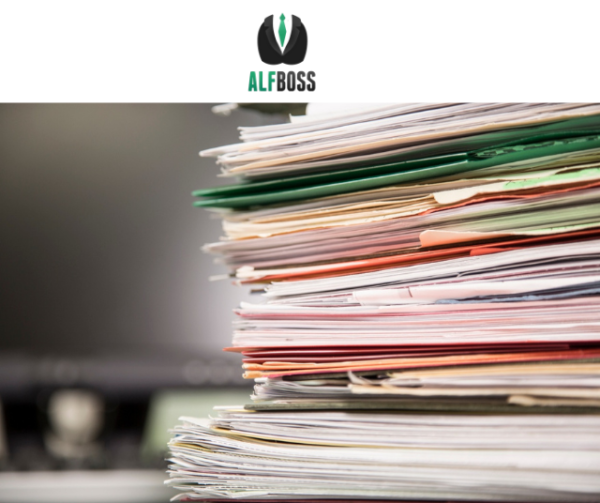
When a resident moves into your community there are many administrative pieces that are required to be completed by the facility. In addition to your community-specific move-in policies, there are also required documents issued by the Virginia Department of Social Services. Check out the following regulation for what needs to be included on the resident’s file:
22VAC40-73-560. Resident records.
- The facility shall establish written policy and procedures for documentation and recordkeeping to ensure that the information in resident records is accurate and clear and that the records are well-organized.
- Resident records shall be identified and easily located by resident name, including when a resident’s record is kept in more than one place. This shall apply to both electronic and hard copy material.
- Any physician’s notes and progress reports in the possession of the facility shall be retained in the resident’s record.
- Copies of all agreements between the facility and the resident and official acknowledgment of required notifications, signed by all parties involved, shall be retained in the resident’s record. Copies shall be provided to the resident and to persons whose signatures appear on the document.
- All resident records shall be kept current, retained at the facility, and kept in a locked area, except that information shall be made available as noted in subsection F of this section.
- The licensee shall ensure that all records are treated confidentially and that information shall be made available only when needed for the care of the resident. All records shall be made available for inspection by the department’s representative.
- Residents shall be allowed access to their own records. A legal representative of a resident shall be provided access to the resident’s record or part of the record as allowed by the scope of his legal authority.
- The complete resident record shall be retained for at least two years after the resident leaves the facility.
- For at least the first year, the record shall be retained at the facility.
- After the first year, the record may be retained off-site in a safe, secure area. The record must be available at the facility within 48 hours.
- A current picture of each resident shall be readily available for identification purposes or, if the resident refuses to consent to a picture, there shall be a narrative physical description, which is annually updated, maintained in his file.
Top Takeaways:
- The complete resident record shall be retained for at least two years after the resident leaves the facility.
- For at least the first year, the record shall be retained at the facility.
- After the first year, the record may be retained off-site in a safe, secure area. The record must be available at the facility within 48 hours.
DOSS may request to see records for individuals who no longer reside in your facility due to ongoing investigations, so it is imperative that you have stored these records properly. You may also be subject to litigation that will require the records to be provided to the court. If these records cannot be produced, you will certainly be in hot water.
- A current picture of each resident shall be readily available for identification purposes or, if the resident refuses to consent to a picture, there shall be a narrative physical description, which is annually updated, maintained in his file.
Having a photo on file for each resident is extremely important. If a resident were to go missing authorities will need to have access to the picture in order to assist their search. A photo may also be necessary for the event you need to evacuate your facility.